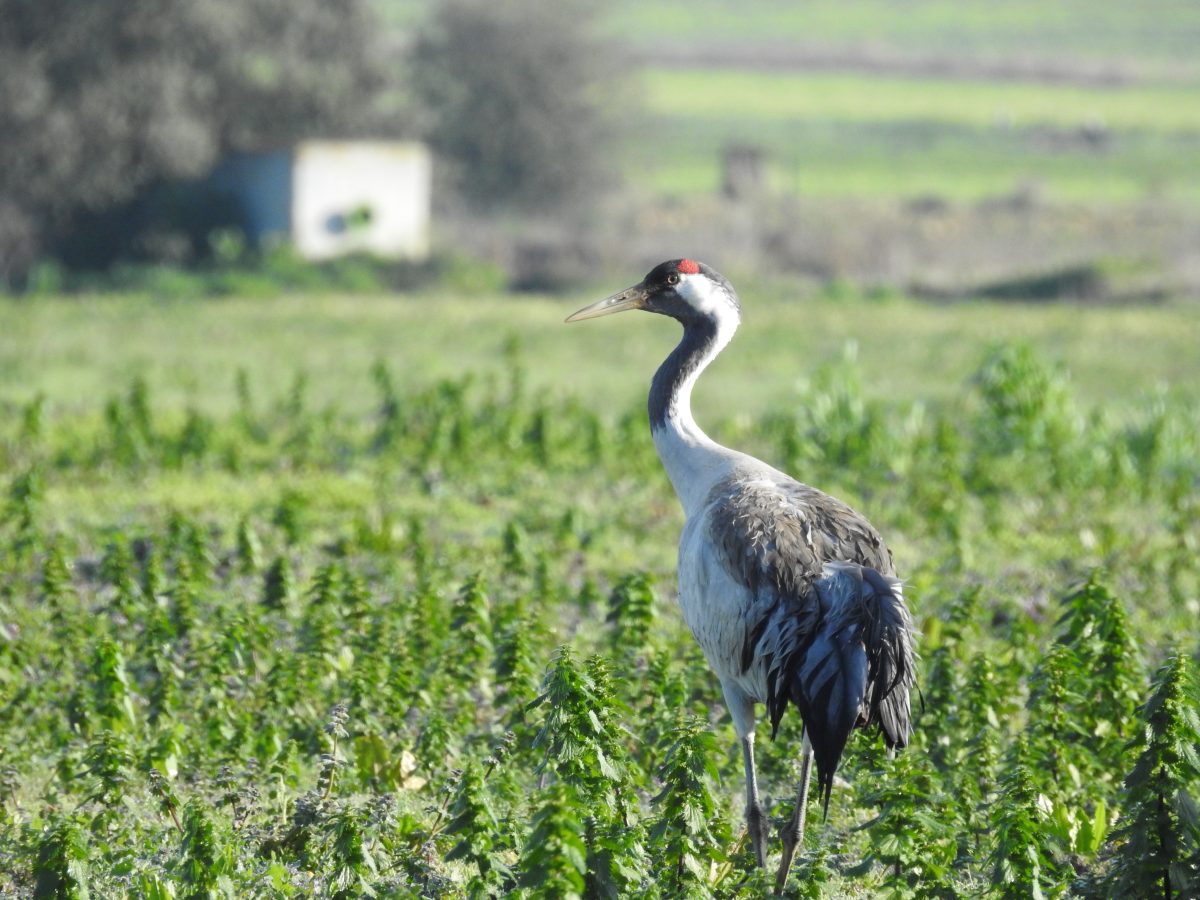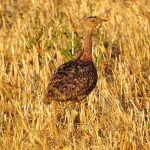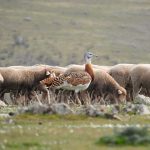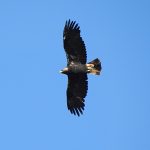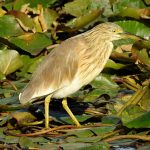Tierra de Badajoz region
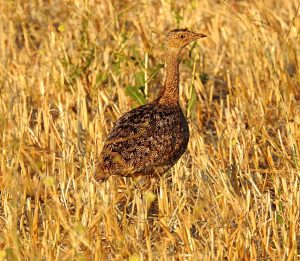
Do you want to go birding in Tierra de Badajoz? In this region you can find some of the most emblematic birds in Extremadura. In a radius of less than 30 km we can observe species as rare as the Little Bustard, a very interesting population of other large steppe birds such as the Great Bustard and the Crane, good densities of Stone-curlews and Black bellied sandgrouses…
As indicated in the post of Badajoz city the great variety of waterfowl birds is more than remarkable. It is one of the few SPAs in Spain to be found entirely in an urban area. In addition, in the nearby Sierra de San Pedro (less than 50 km from the city) we can see all the large eagles and almost all the endangered birds of prey in Extremadura. In addition, there is also a large concentration of large mammals, mainly deer, fallow deer and wild boar.
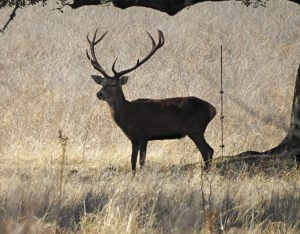
For all these reasons, the region of Tierra de Badajoz has an enormous ornithological and faunistic value in general. Despite not being one of the most famous, it is one of the best destinations you can choose if you want to come to Extremadura to see birds. In this post I am going to focus on the steppe birds present in the area, as I have already talked about waterbirds in the link above and about birds of prey and ungulates in the post of Sierra San Pedro. I recommend you check this last link if you are more interested in these wildlife groups.
Main areas
If we want to see steppe birds, for me there are two areas whose potential stands out above the rest: the Albuera area and the surroundings of Badajoz city. The former is the most famous and, especially if we want to see great bustards, in winter there is a large population, one of the largest concentrations in Europe. The surroundings of Badajoz have smaller populations. However, due to the greater flow of farmers, stockbreeders and people in general, they are more accustomed to human presence. Thanks to this, we can observe them more easily and from shorter distances.
La Albuera area
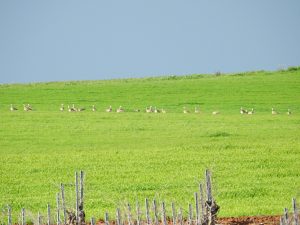
As we have said before, in the Albuera area there is a very high concentration of Great Bustards. However, there is also a good density of blackbellied sandgrouses, Calandra larks and, if we are lucky, we might see a Little bustard or a Stone curlew. You have to be very careful on the dirt roads, as the terrain is very clayey. Especially if we go during the rainy season, we could easily get stuck.
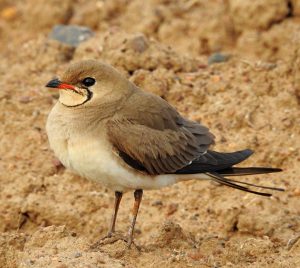
We can also see some cranes, although it is not a particularly fond of them. Also there is area with lagoons, where we can see a multitude of waterfowl. However, it is difficult to find the lagoons with a good level of water. Rainfall is increasingly scarce and so are the birds that inhabit them. There is an interesting presence of Collared pratincole, spoonbills, some ducks and waders, but this will depend a lot on the level of the lagoons, as most of the year they are dry.
Surroundings of Badajoz, birding in Tierra de Badajoz
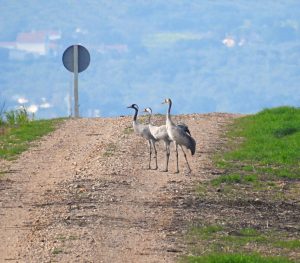
As I live in Badajoz, I have spent a lot of time investigating the different dirt roads leading out of the city. These go to other villages, farms, farmlands… and I have been lucky enough to find several interesting spots with Great Bustards, Little Bustards and Black-bellied sandgrouses relatively close to the city. This proximity is a great advantage, as we won’t have to spend too much time to find them.
In winter we can find good flocks of Cranes, Peewits and
golden plovers. There is also a good presence of birds of prey: Hen harrier, Marsh harrier, the scarce Montagu’s harrier, a good population of Black shouldered kites, buzzards, kites, kestrels, sparrow hawks… In addition to the short-toed and booted eagles in their season.
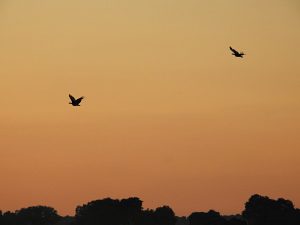
This area is not very well known but I have been surprised by its potential. I have managed to control 15 Little Bustards in a very small area. This is an incredible concentration, considering the scarcity of this species nowadays. I invite you to go birding in Tierra de Badajoz and, of course, if you want to get the most you can hire my services for it. I can make you a personalised tour according to the species you like the most.

